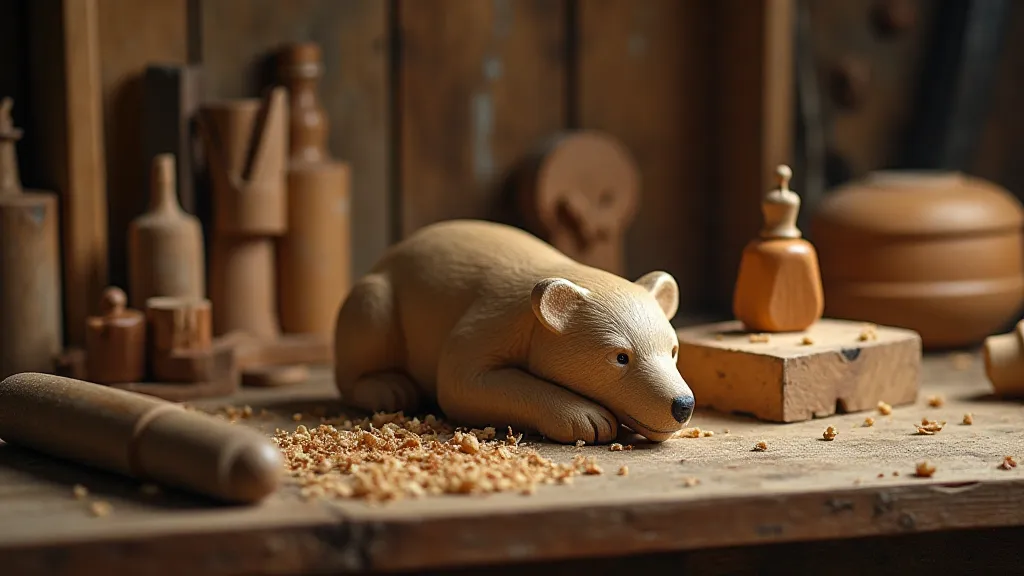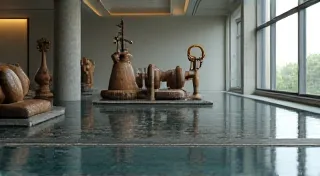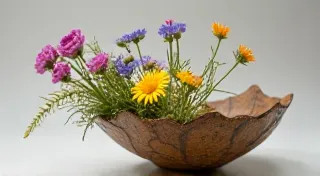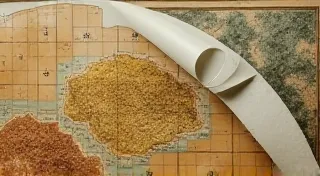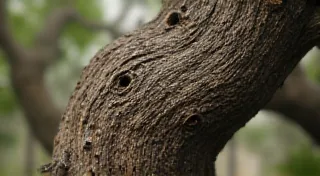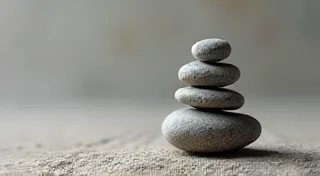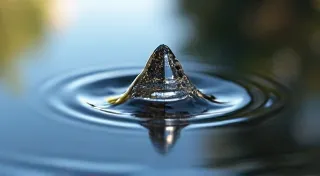Whispers of the Edge: Sharpening, Maintenance, and the Carving Life
The scent of freshly cut basswood, the satisfying curl of shavings falling to the floor, the quiet focus... these are the hallmarks of penknife whittling. It’s more than just a craft; it’s a conversation with the wood, a connection to generations of artisans who found solace and creation within the simple act of carving. And at the heart of that connection lies the blade – a humble tool, yet profoundly powerful when honed to its peak. My own journey with penknife whittling began unexpectedly, inheriting a worn leather pouch filled with antique accordions from my grandfather. He wasn't a carver, not in the traditional sense, but those accordions, each with its intricate, hand-carved details – the bellows, the keys, the delicate ornamentation – spoke volumes about the importance of meticulous craftsmanship. The spirit of those accordions ignited something within me; a desire to create with my hands, to appreciate the dedication woven into every curve and contour.
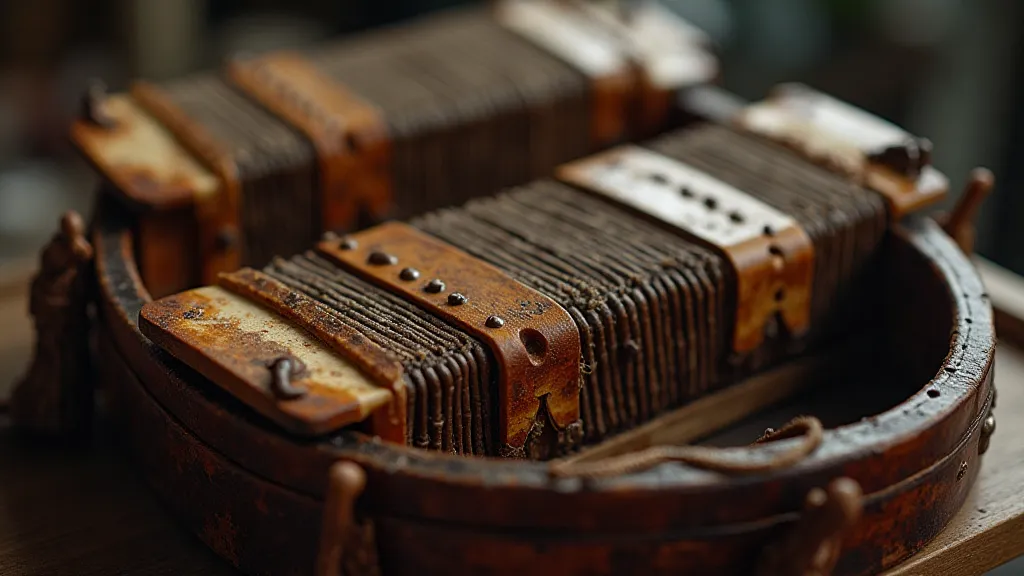
The Blade's Voice: Why Sharpness Matters
A dull blade isn’t just frustrating; it’s dangerous. When a blade struggles to cut, you compensate by applying more pressure. That increased pressure makes the wood more likely to kick back, potentially leading to injury. More importantly, a sharp blade is a graceful blade. It sings through the wood, leaving clean, precise cuts that are essential for achieving the intricate details so characteristic of penknife whittling. Think of it this way: a sharp blade *removes* wood. A dull blade *bruises* it. The difference is significant, and it’s a lesson I learned early on, watching my grandfather meticulously tend to his tools, understanding that the finest results come from the respect afforded to the tools themselves.
Understanding Your Penknife
Most modern penknives used for whittling utilize high-carbon steel blades. This type of steel holds an edge well but is prone to rust if not properly cared for. The blade's geometry is also key – a steeper angle generally results in a more durable edge, while a shallower angle allows for finer cuts. Antique penknives often surprise with the quality of their steel; many were crafted from excellent tool steels that have stood the test of time. However, rust is the enemy. Even the finest steel will corrode if exposed to moisture and neglect. Regular cleaning and oiling are non-negotiable. This isn't just about preserving the tool; it's about preserving the tradition – acknowledging the hands that shaped it and the purpose it serves.
Sharpening Techniques: A Gentle Art
There are several methods for sharpening a penknife blade. The most common and accessible is using sharpening stones. These come in a variety of grits, ranging from coarse (for repairing damaged edges) to fine (for refining the sharpness). A simple two-stone system – a medium grit and a fine grit – is a good starting point. The angle is crucial. Aim to replicate the original factory bevel – usually around 20-25 degrees. Water or honing oil is used as a lubricant. Consistent, light passes are the key to success. Don’t rush the process. Think of it as a meditation – a moment of quiet focus where you’re directly interacting with the blade’s potential. There’s a deep satisfaction in transforming a dull edge into a razor sharpness.
Another method gaining popularity is using strop paste applied to a leather strop. The strop doesn't *sharpen* the blade in the traditional sense; it *aligns* the microscopic teeth along the edge, creating an even sharper, more polished result. This is a finishing step, best used after sharpening on stones. Antique tool collectors often use strops to bring a luster back to their treasured instruments, a testament to the enduring appeal of finely honed edges.
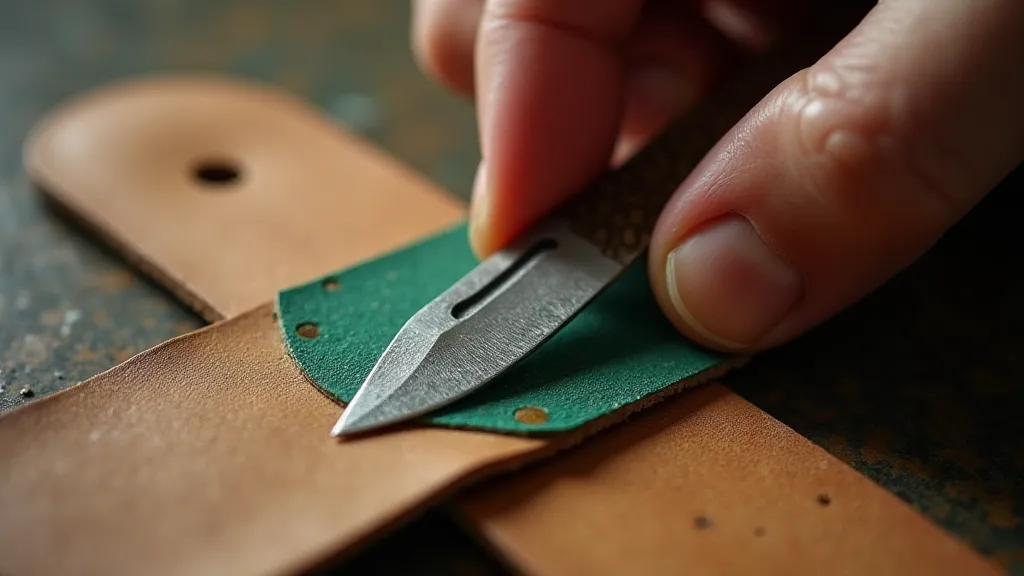
Beyond Sharpening: Maintaining Your Penknife
Sharpening is just one piece of the puzzle. Regular cleaning is equally important. After each carving session, wipe the blade clean with a soft cloth and apply a light coat of oil – mineral oil or dedicated knife oil are good choices. Store your penknife in a dry place, preferably in a sheath or pouch to protect it from moisture and scratches. Occasionally, it's beneficial to disassemble the penknife, clean all parts thoroughly, and re-oil them. This is particularly important for antique penknives, which may have accumulated years of grime and rust. Think of it as a miniature restoration project – a way to honor the craftsmanship of the original maker.
The Carving Life: More Than Just Wood
Penknife whittling is more than just a craft; it’s a gateway to a deeper appreciation for the natural world and the human hand. It’s a connection to the past, a grounding in the present, and a source of quiet joy. When I inherited my grandfather’s accordion pouch, I didn't just inherit a collection of instruments; I inherited a legacy of patience, precision, and a deep respect for the tools that made those creations possible. The scent of basswood shavings, the feel of the blade in my hand, the quiet satisfaction of a finished carving – these are the whispers of the edge, the echoes of generations of artisans who found solace and creation within the simple act of carving.
Restoring those old accordions, learning the intricacies of their construction, and now, carving with a penknife – these experiences have instilled in me a profound respect for craftsmanship. It’s a reminder that true beauty lies not just in the final product, but in the dedication and skill that went into its creation. And like those antique accordions, each penknife carving carries with it a story - a whisper of the edge, a connection to the past, and a promise of enduring beauty.
